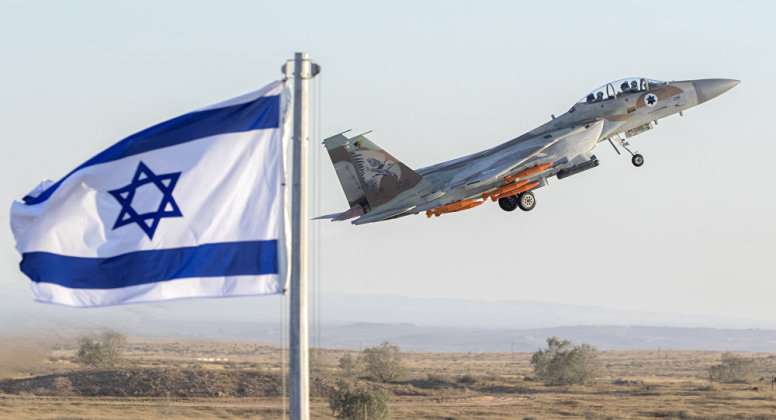
With Russia having completed the delivery of S-300PMU-2 surface to air missile batteries to Syria’s air defence forces, in response to an Israeli strike on the Arab country which led to the deaths of over a dozen Russian servicemen, the new weapons system has reportedly served its purpose as a highly effective deterrent against potential attacks. Ksenia Svetlova, a member of the Israeli Knesset’s (parliament) defense committee has confirmed that fighters from the Israeli Air Force have not entered Syria’s airspace since the delivery of the S-300. The official stated: “There hasn’t been a single mission since Syria received S-300s. The S-300 has changed the balance of power in the region.” While a number of Middle Eastern media outlets have reported in the past that Syria’s new weapons system had effectively deterred Israeli strikes ever since, the statement from the Israeli official verifies the S-300’s effectiveness, at least so far, as a means of halting hostile incursions into the country’s airspace.
Speaking regarding the actions of the Israeli Air Force, Svetlova elaborated that fighters had not violated Syrian airspace from either the Golan Heights or Lebanon – with the latter’s airspace often used to launch attacks on Syrian territory. Fighters had, however, continued to fly close to the border. An anonymous Israeli official’s claim, reported by British outlet Reuters, that Tel Aviv had carried out further attacks after the downing of the Russian Il-20 warplane on September 17, were also denied. With Israel relying overwhelmingly on fourth generation fighter airframes, namely the F-15 Eagle and F-16 Fighting Falcon which date back to 1976 and 1978 respectively, the S-300PMU-2, while far from the most capable variant of the system, represents a serious threat to their combat jets. Alongside the missile system’s advanced capabilities, Israel is also unable for political reasons to retaliate against or attempt to neutralise the missile platform to facilitate greater ease of access to Syria airspace – as its fighters enjoyed before the S-300’s deployment. This is due to the risk that an Israeli strike could lead to the deaths of Russian servicemen operating the platform, who will remain until Syrian personnel are adequately trained to use the S-300 themselves – and which point prospects for an attack will become more feasible.
The S-300PMU-2 is capable of engaging targets at ranges of up to 250km, though some sources put this figure at 300km, can deploy over half a dozen types of specialised munitions depending on the nature and location of the target. The missile system comes with state of the art electronic warfare countermeasures, which may make its attacks a challenge to evade even for Israel fighters’ state of the art domestically developed electronic warfare suites. The weapons system’s powerful sensors, its missiles’ high engagement speeds and the ability to rapidly redeploy to respond to emerging threats, make it a challenge for the Israeli Air Force far exceeding the threat posed by previous air defence platforms deployed by Syria.
The Israeli Air Force has as a result sought to gain experience operating against the S-300PMU-2 in exercises with older variants of the missile system operated by Greece, and more recently against the very same variant used by Ukraine’s own air defence forces. The S-300PMU-2 is also currently deployed by the Iranian military, with the more advanced S-300VM deployed by Israel’s other neighbour Egypt. Russia has deployed the far more sophisticated S-300V4 and S-400 to Syria, but will only make use of these if its assets in the country are directly threatened – a mistake Israel is unlikely to make.
River to Sea Uprooted Palestinian
Uprooted Palestinian 

 Uprooted Palestinian
Uprooted Palestinian 
 Uprooted Palestinian
Uprooted Palestinian
No comments:
Post a Comment